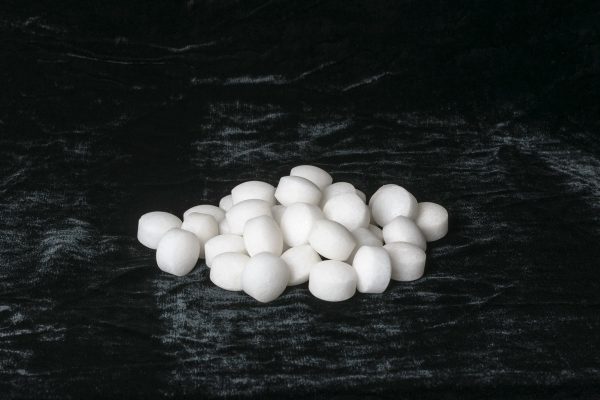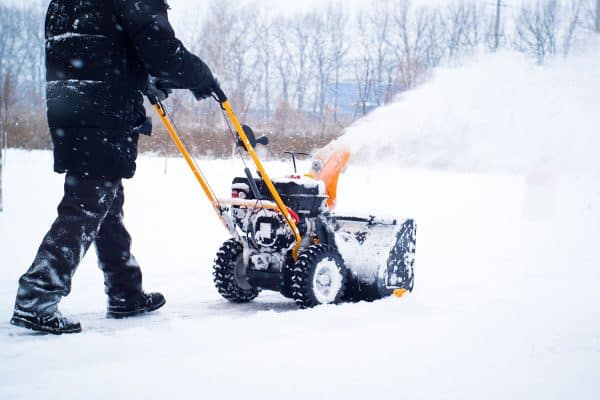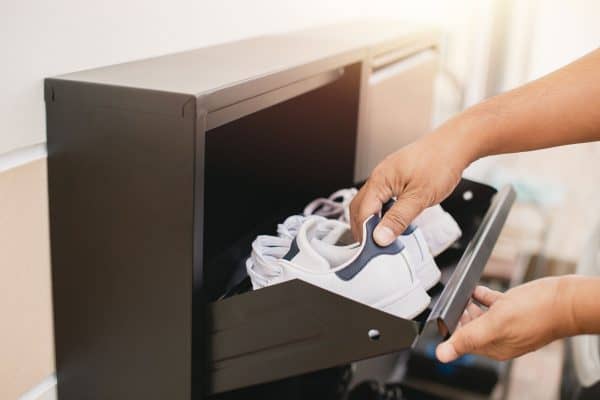For sure, you want your stocks of flour to last long. It's the reason you are here, to inquire if you can store flour long-term using mylar bags. No worries, we'll give you our thoroughly researched answer!
Yes, you can put flour in mylar bags. Doing so will make it safe from light, oxygen, and moisture. Which also makes its storage life longer than usual.
Storing the flour in mylar bags has numerous benefits, so to find them out, you should keep reading. Also, we want you to know more about mylar bags and some tips for flour storage. Let's delve into the details!

How To Store Flour Long-Term
You should know that when you purchase flour and let it stay in its original packaging, it will not last for over six months. And if you are going to put it in a container that you can seal tightly, it will last from six to 10 months. Moreover, if you choose to store it in a mylar bag, it can last for as long as a decade!
Check out these mylar bags on Amazon.
Mylar bags are considered the best long-term storage option, especially for dry foods, such as flour, rice, and beans. And we highly suggest you use those with oxygen absorbers.
Check out these oxygen absorbers on Amazon.
Additionally, you don't have to worry about insects anymore because they can't stay and hatch there because of a lack of oxygen.
More Ways To Store Flour
Mylar bags are genuinely reliable, and nothing can beat them when storing flour long-term. However, if you don't have one, there are still some available options, and they are:
1. Air-Tight Containers
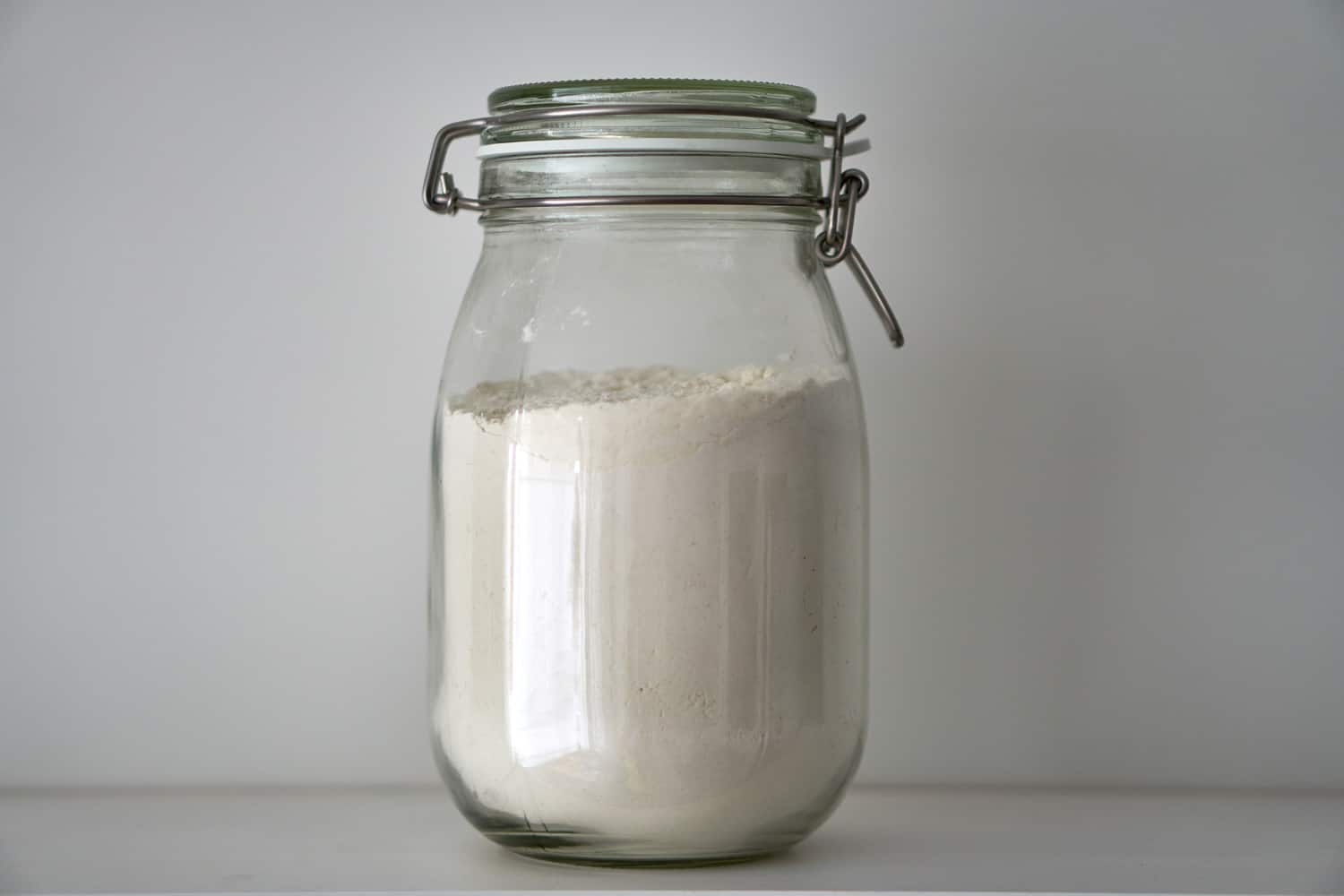
Air-tight containers can make flour have a shelf life of about five to 10 months. We highly suggest that you should not keep the flour in its original package because it won't last for more than six months.
However, a problem might exist when using this type of storage. Insects can potentially get into the container and hatch eggs inside. But it would be best not to wait for the insects to hatch. We suggest killing them immediately before you store the flour by microwaving it.
Some air-tight containers that you can use for flour storage include:
- Vacuum sealer containers
- Mason jars
Check out this16 oz. Mason jar on Amazon.
Or any other air-tight containers made only for dry foods
Check out this flour container on Amazon.
2. Freezer
If you want your flour to last forever, you can place it in the freezer. However, it would be best to have a backup plan if a power interruption happens.
And if it is time to use the flour, you should remove it from the freezer first and leave it until it reaches room temperature. Bear in mind that it might absorb moisture because of condensation. So, to avoid the flour from getting moist, leave the flour in the container until it finishes the condensation process.
Drying damp flour
If you get the flour damp, you can spread it all out on a baking sheet. You can leave it that way for more than an hour or do the easy way to put it in the oven and heat it at about 200 degrees Fahrenheit.
Once you finish drying it, you will have to sift it to remove the clumps.
3. Vacuum Sealing
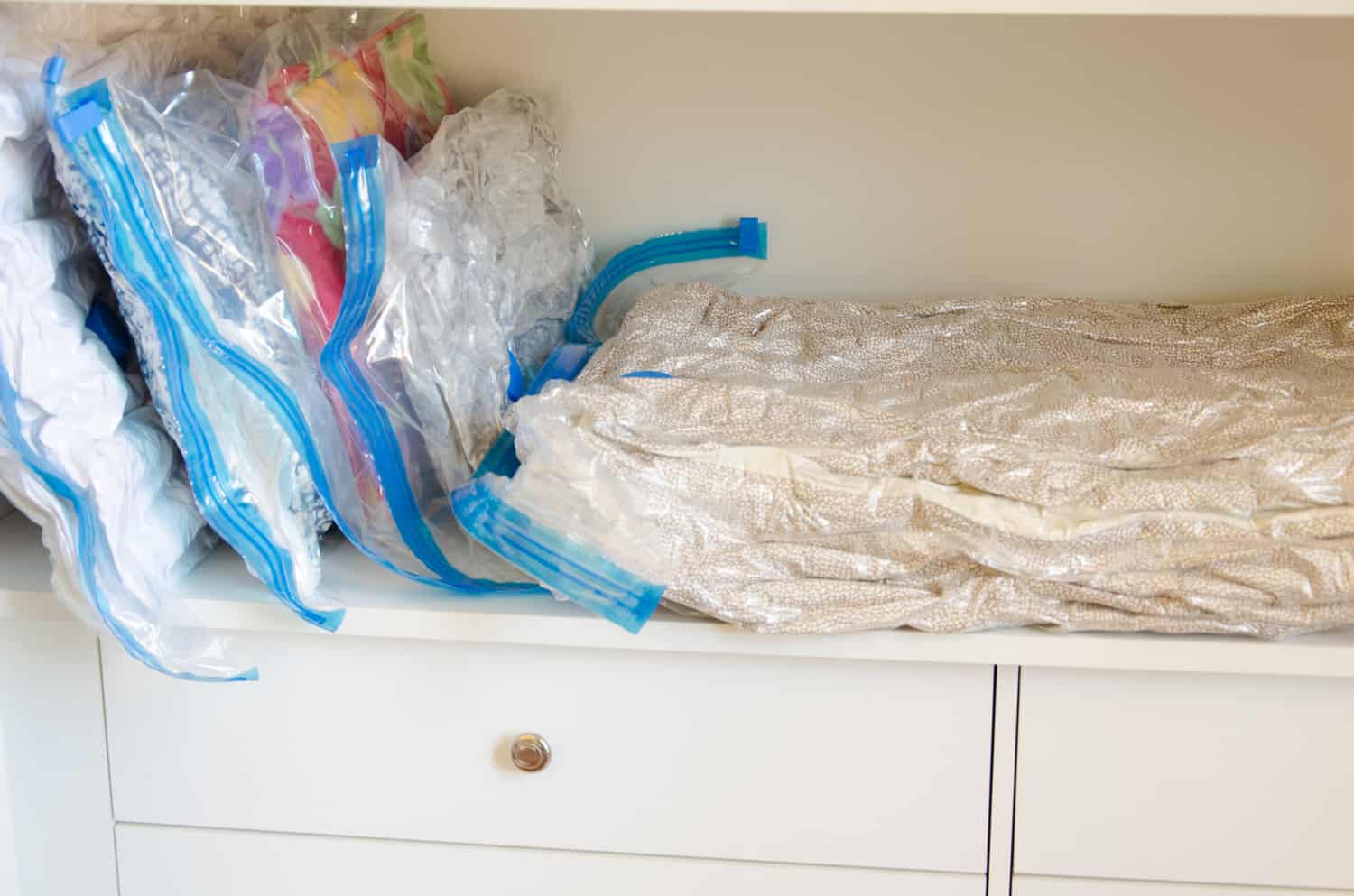
The vacuum sealing storage method draws the existing air from the packaging. However, that doesn't mean that the bag is free from leaking. Humidity and air can still infiltrate the bags. But reducing the air present in the bag will extend its shelf life from one to two years.
Using this storage method can prevent insects from entering the bag. But we suggest you kill the insect eggs that are already inside the bag before storing them.
How To Store Flour Using Vacuum Sealing Method
- First, you have to put the whole bag of flour into a large vacuum sealer bag. We recommend doing it this way so that the machine won't suck the flour particles.
- Get the product manual and follow the instructions for vacuum sealing the flour.
- Once you finish vacuum sealing the flour, place it inside the freezer for four days to kill the insect eggs that might have already been in the flour.
- Remove the flour from the freezer after waiting for four days. And we highly advise not to use it yet because you have to let it reach room temperature first and leave it be to avoid it getting damp.
4. Plastic Containers, Buckets, or Jars With Oxygen Absorbers
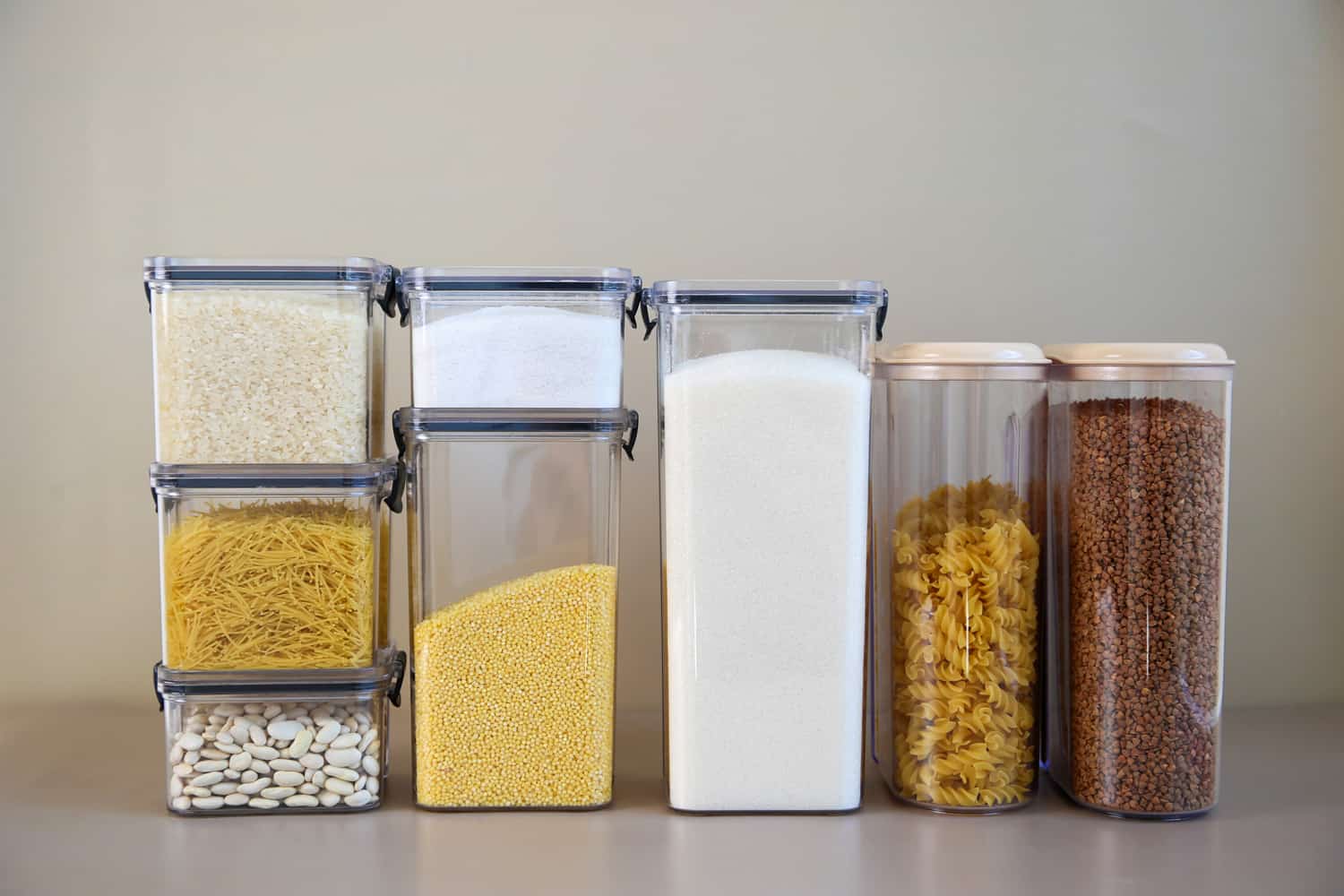
Using these kinds of storage can extend the shelf life of flour or any dry food for more than five years. If you put oxygen absorbers into a plastic container containing flour, it will absorb the oxygen present inside and stop the flour from spoiling due to oxygenation.
As mentioned above, eggs won't be able to hatch inside because oxygen is absent.
However, mainly of the storage containers available are not air-tight. They will eventually leak without even noticing it. These containers include food buckets and recycled soda bottles.
Buckets that have gasket lids are more satisfactory in stopping air leaks. So, we recommend using one if you want more extensive storage for your flour.
Check out this Gamma seal lid on Amazon.
You will also find canning jars reliable. Also, you will know that the oxygen absorbers are working well if the lid looks sucked down. However, it would be best to be cautious where you place the jars. Because placing it somewhere exposed to light and heat can spoil the flour.
Why Does Flour Goes Bad?
Flour can experience spoiling too when you expose it to moisture, oxygen, insects, or light. And if you leave a bag of flour in your cupboard, here are some of the issues that can arise, causing the flour to spoil.
1. Mold
Changes in temperature and humidity can cause dampness to flour, leading to mold. You'll know immediately if the flour has mold if you smell something moldy while opening it.
2. Oxidation
It is the most common cause of flour spoilage. Oxidation will occur if you expose the nutrients in the flour to oxygen. And it is specifically familiar with whole-grain flour. You'll know that the flour has undergone oxidation if it smells and tastes sour.
3. Insects
Insects such as moths or weevils are already present in flour even before buying it. And it will take them weeks or months to hatch. In addition, if they successfully hatched into the flour, know that you will have a hard time getting rid of them.
So, to prevent that from happening, you should at least get rid of them immediately by microwaving or freezing the flour even before they hatch.
4. Absorbing Smells
Flour is like a sponge or fabric. It can absorb anything smelly that is close to it. Place an onion near it, and it will smell like onions, too. So, we highly suggest you keep flour away from any harsh-smelling chemicals or foods.
How To Determine The Freshness Of Flour
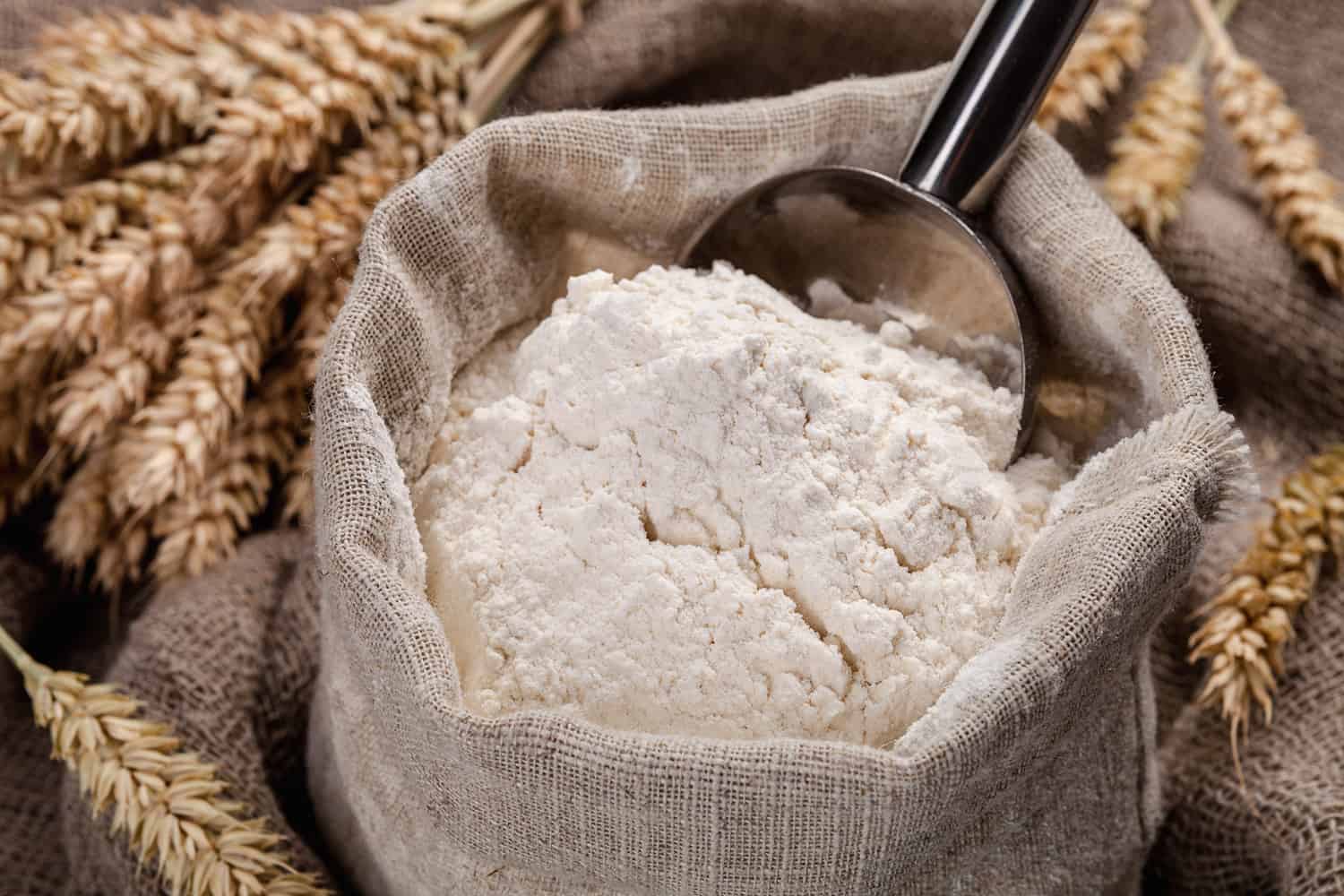
You cannot determine if the flour available in your kitchen is fresh if you don't place it in the correct container with a label. It would be best always to note the date of purchase and the type of flour you have.
Doing so will allow you to determine the age of your flour, know if you can still use it, and check its freshness.
And to determine the quality of the flour in your pantry, we suggest you follow these approaches:
Self-rising flour, all-purpose, and pastry can last up to two years. And to determine if they are still okay to use, you should smell them. If they smell sour, that means they're already spoiled.
Check out this self-rising flour on Amazon.
Flax, almond, or any other seed or nut flour is better to store in the freezer because they can last there for a year. If they taste bitter or burnt, that indicates that they are already spoiled.
Check out this Almond flour on Amazon.
Wheat, barley, and Spelt flour spoil more quickly than other flour types. They only have a shelf life of three to six months.
In addition, always check their expiration date before using them. And keep them in the fridge as much as possible. If you notice a weird smell, you should discard them immediately.
Check out this wheat flour on Amazon.
Furthermore, there is a significant thing you should never forget. Do not mix a new flour with an old stock because it will shorten the shelf life of the fresh flour.
Wrap It All Up
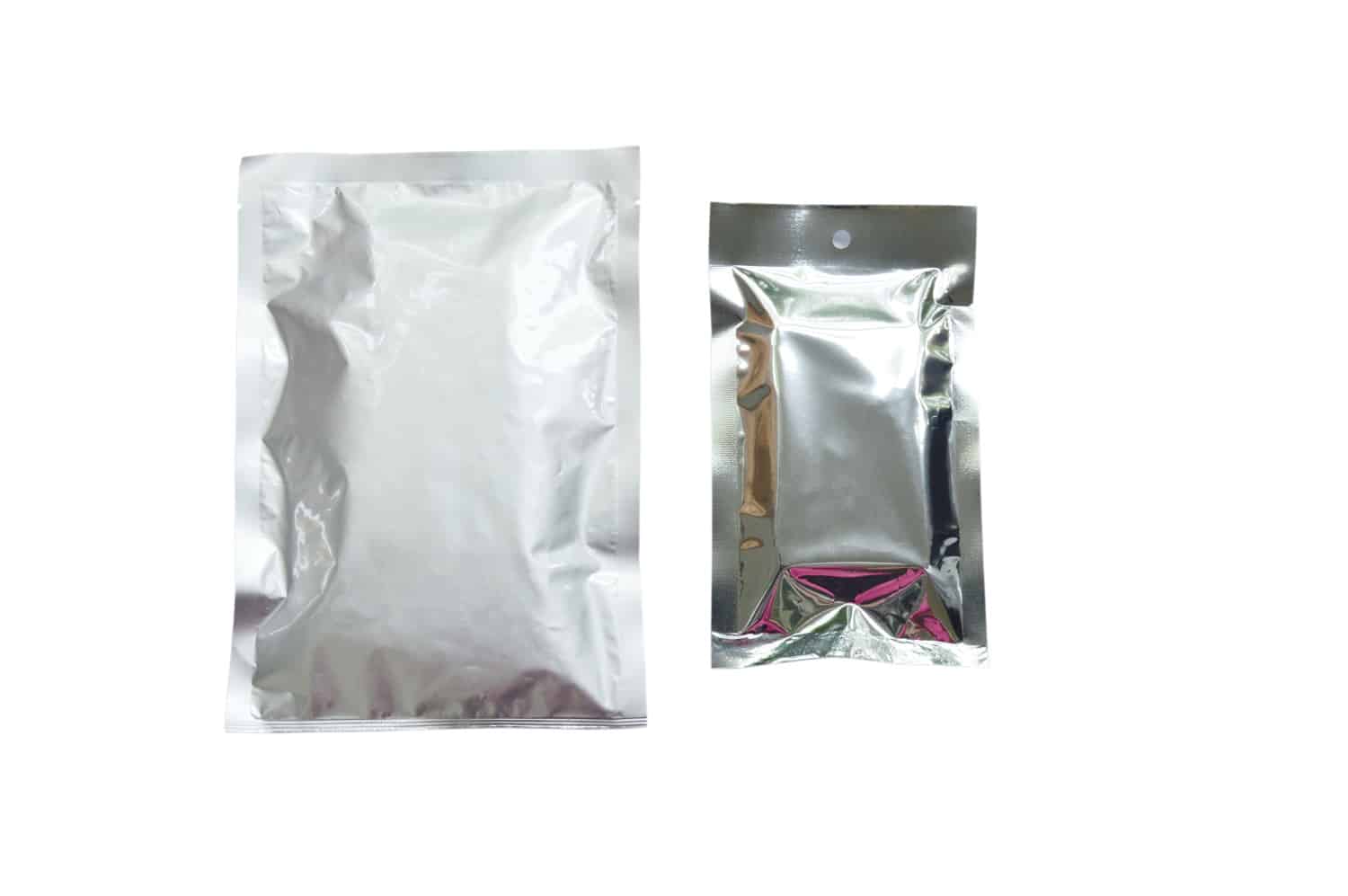
Storing flour in mylar bags is an excellent idea if you want long-term storage. But that is not only because of mylar bags alone. You also have to consider the temperature and place where you should store it. Oxygen absorbers can also help storage, so we suggest you incorporate them as much as possible.
We hope you find this post helpful. And if you want more support and assistance from us, you can freely scan our website or check these posts out!









